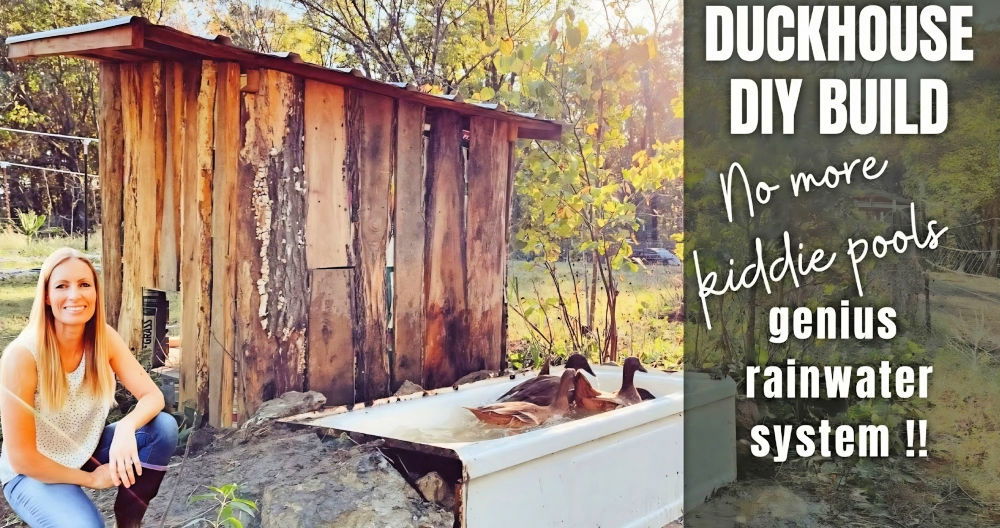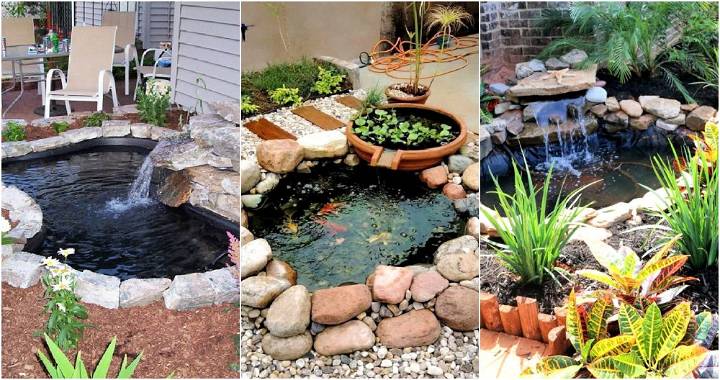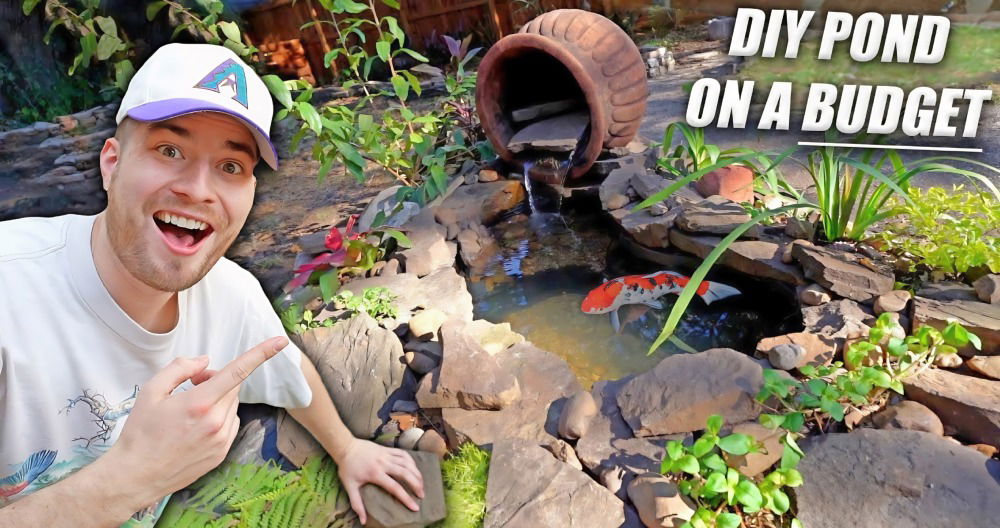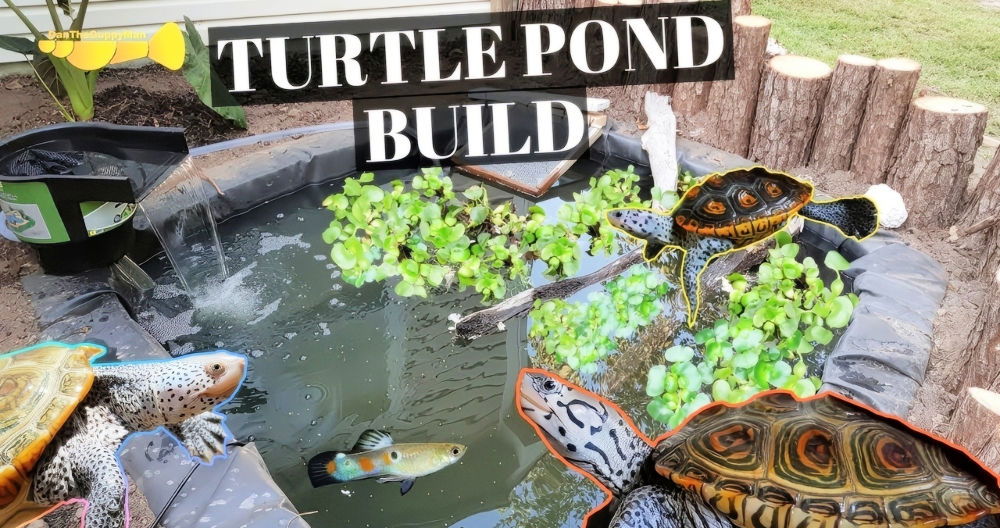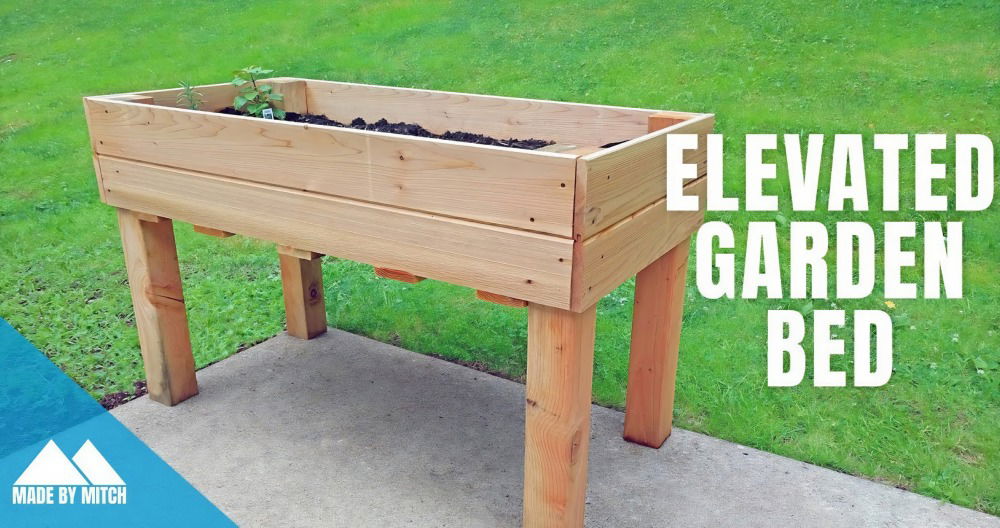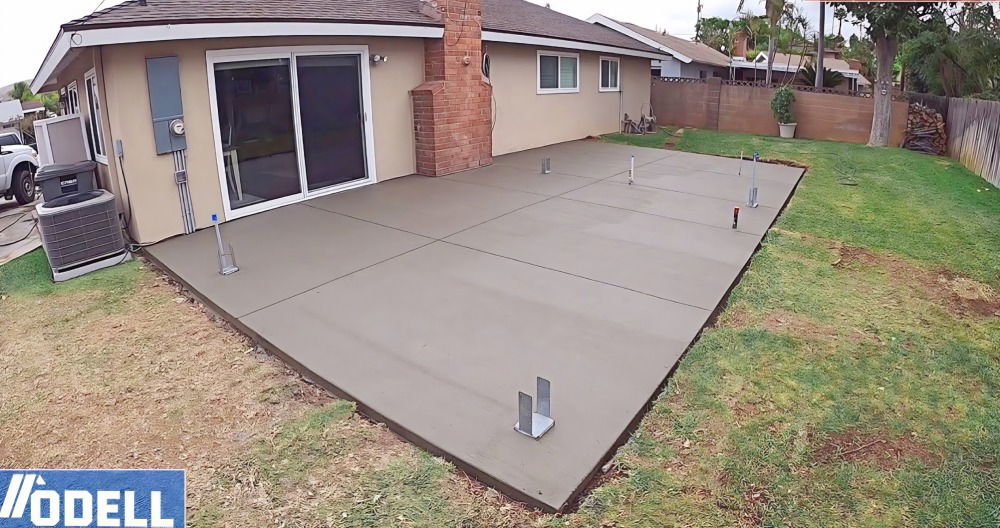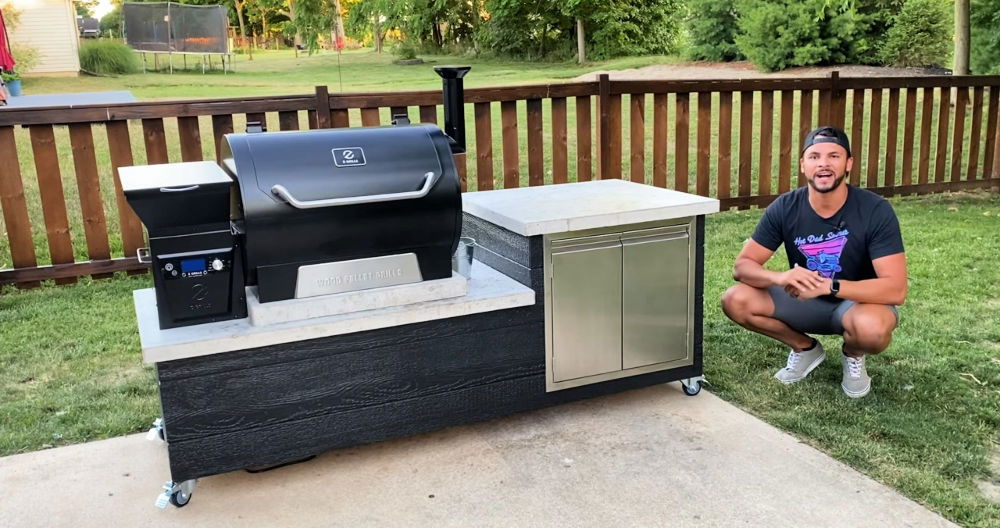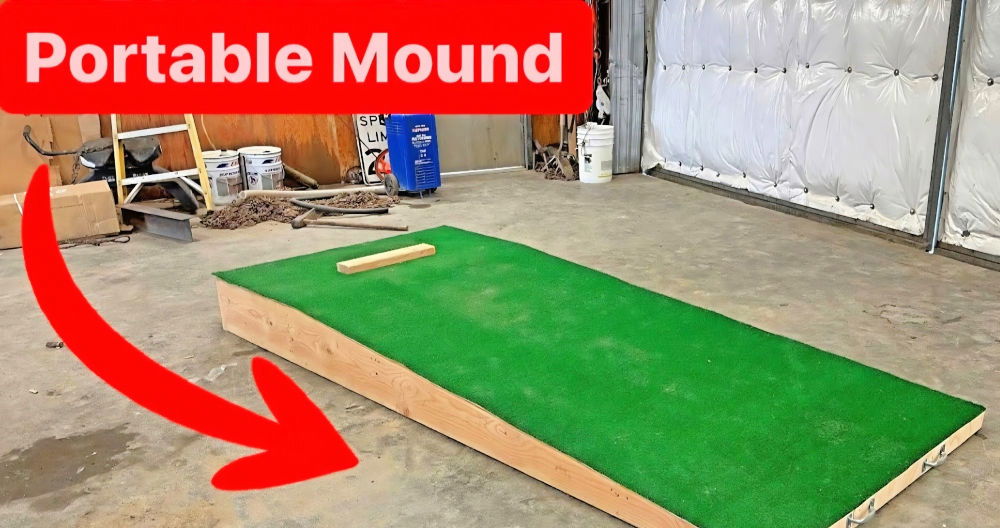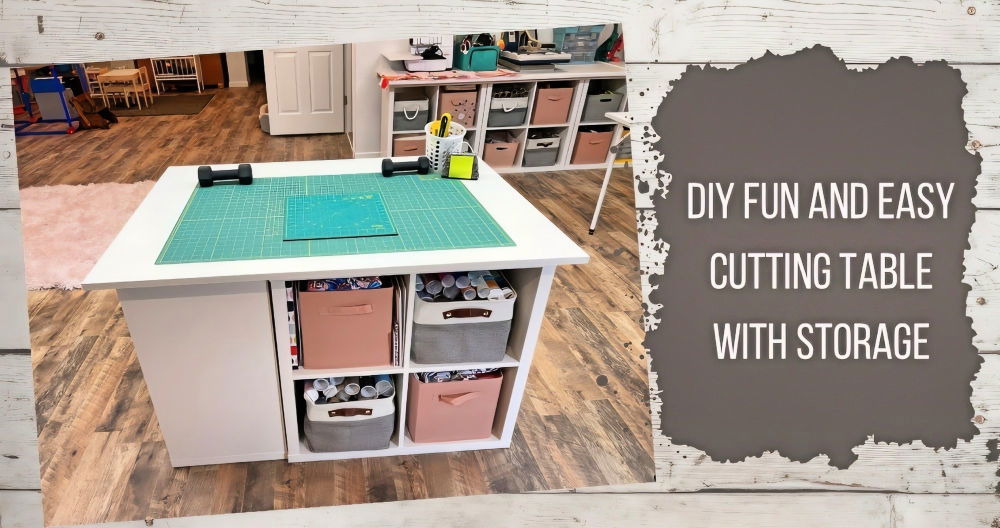Building a vibrant DIY duck pond in my backyard was one of the most rewarding projects I completed. I had a small empty space, and I wanted to make a nice spot for local ducks. I began by researching how to make a duck pond and gathered the necessary materials: a shovel, pond liner, rocks, and a water pump. It took a bit of effort, but the ducks loved it instantly.
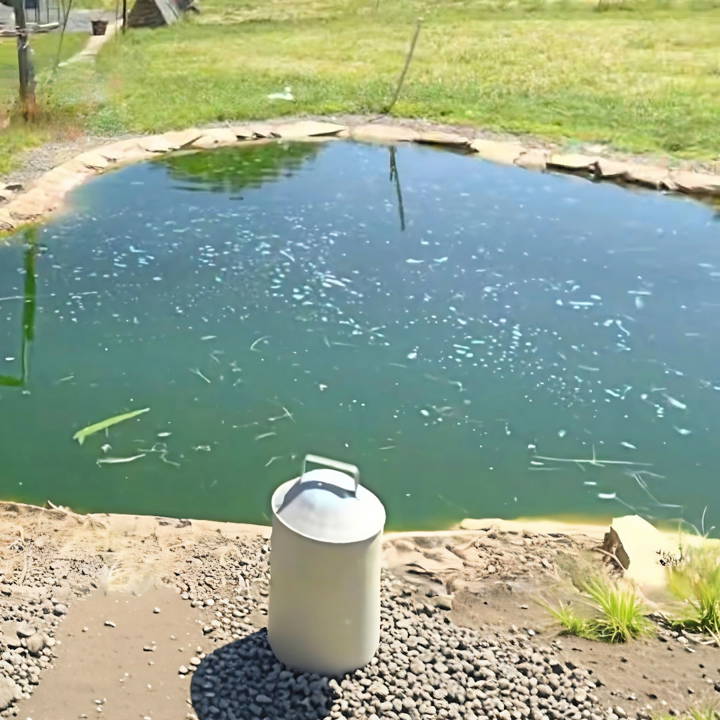
Watching the ducks swim and play in my pond brings me so much joy now. It not only attracts more wildlife but also enhances the beauty of my garden. If you're interested in making your own duck pond, my experience can be really helpful. Give it a try, and I'm sure you'll enjoy the process just as much as I did.
Materials You'll Need and Why
- Damp Proof Membrane (DPM): This acts as the base layer of your pond, preventing water from seeping into the ground. It's crucial for ensuring the water stays in the pond and doesn't make a muddy mess around it.
- Concrete: We'll use this to make a solid, durable structure that's resistant to the activities of ducks and other wildlife. It makes the pond sturdy and long-lasting.
- Permeable Pipe: This will be installed around the perimeter of the pond for drainage, ensuring water doesn't overflow and turn the surrounding area into mud.
- Gravel: Necessary for filling around the permeable pipe. It aids in filtration, keeping the exit water clean as it drains away from the pond area.
- Waterproof Tanking Slurry: This will be applied over the concrete for an additional waterproofing layer. Think of it like doubling up for extra protection against leaks.
Step by Step Instructions
Learn how to make a DIY duck pond with our step-by-step instructions. From planning to finishing touches, build the perfect pond effortlessly.
Step 1: Planning and Excavation
First, I picked a spot with enough space for the pond's intended size. Remember, you'll need additional space around the pond's perimeter for the drainage system. Once selected, I dug out the shape, making it slightly wider than the finished pond's dimensions and including a separate hole for a sump where a pump can be placed for cleaning purposes.
Step 2: Laying the DPM
I lined the dug-out pond shape with the damp proof membrane, ensuring it covered the bottom and sides entirely. It's crucial to avoid tearing this layer as it's your primary defense against water loss.
Step 3: Installing the Permeable Pipe
Around the outside of the pond shell, I dug a shallow trench for the permeable pipe wrapped in geotextile fabric. This pipe would form a crucial part of the drainage system, preventing the surrounding area from becoming waterlogged.
Step 4: Concrete Pouring
With the DPM in place, it was time to pour concrete. This step required a bit of patience and skill to ensure a uniform thickness throughout. The concrete layer, about three inches thick, provided a sturdy and durable base and sides for the pond.
Step 5: Setting up the Drainage
After the concrete, I positioned the permeable pipe in the trench around the pond, ensuring it was well wrapped in the geotextile fabric. I filled the trench with gravel, enhancing the filtration system that would keep the surrounding area dry and mess-free.
Step 6: Adding the Waterproof Layer
Once the concrete cured, I applied the waterproof tanking slurry as an additional measure to prevent any potential water leakage. Consistency in this step ensures the longest life for your pond with minimal maintenance.
Step 7: The Finishing Touches
Lastly, I added a top layer of gravel inside the pond up to the water level and around its perimeter. This not only looks aesthetically pleasing but acts as a natural filter, further preventing the area from becoming muddy.
Observations and Tips
- Prevention of Mud: The combination of the concrete structure, the waterproof layers, and the smart drainage system around the pond's edges effectively prevent water from accumulating around the pond. This setup ensures that ducks can enjoy their habitat without turning the surrounding area into a mud pit.
- Maintenance Ease: With a pump installed in the sump, cleaning the pond is straightforward. The design allows for easy water changes, ensuring the health and happiness of your ducks.
A year after completion, the area around the pond remains mud-free and easy to maintain, despite constant use by my ducks. The grass around the pond is healthy, and the water, though not crystal clear due to the ducks' natural activities, is contained and easily refreshed thanks to the efficient drainage system.
Water Quality Management
Maintaining the water quality in your DIY duck pond is crucial for the health of your ducks and the overall ecosystem of your pond. Here's a straightforward guide to keeping your pond water clean and clear:
- Regular Cleaning: Removing debris like leaves, feathers, and waste from the pond is important. Set a routine to skim the surface and vacuum the bottom of the pond to prevent the buildup of organic matter, which can degrade water quality.
- Filtration System: A good filtration system is essential. It helps remove particles and cleans the water of impurities. Consider a biofilter, which uses natural bacteria to break down harmful waste into less toxic substances.
- Aeration: Oxygen is vital for your pond's health. An aerator or a fountain can help circulate the water and keep oxygen levels up, which is beneficial for both the ducks and the pond's ecosystem.
- Water Plants: Aquatic plants not only add beauty to your pond but also play a role in maintaining water quality. They absorb nutrients and provide shade, which can reduce algae growth.
- Algae Control: Algae can quickly take over a pond. To control it, limit the amount of direct sunlight and consider adding algae-eating fish or using natural algae treatments.
- Water Testing: Regularly test your pond water for pH levels, ammonia, nitrite, and nitrate. Keeping these within the recommended ranges is important for the health of your ducks.
- Duck Density: Too many ducks can lead to poor water quality. Ensure you have enough space and water volume for the number of ducks you plan to keep.
By following these simple steps, you can ensure that your DIY duck pond remains a healthy and enjoyable environment for your ducks.
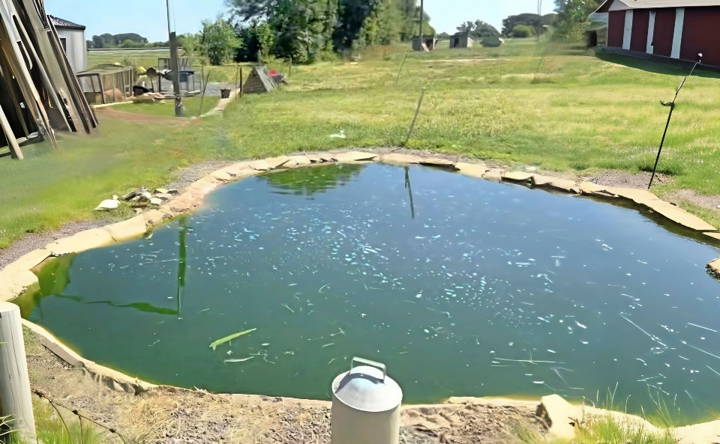
Duck Health & Welfare
Ensuring the health and welfare of your ducks is paramount for a thriving pond ecosystem. Here's a guide to keeping your ducks in top shape:
- Balanced Diet: Provide a variety of foods to meet nutritional needs, including grains, greens, and proteins. Ducks enjoy a mix of duck feed, vegetables, and occasional treats like mealworms.
- Clean Living Space: Keep the pond and surrounding area clean. Regularly change the water and remove waste to prevent diseases.
- Routine Check-ups: Schedule regular health checks with a vet experienced in waterfowl care. They can catch issues early and provide necessary treatments.
- Exercise: Allow ducks ample space to swim and forage. Exercise is vital for their physical and mental health.
- Social Interaction: Ducks are social creatures. Ensure they have companionship to prevent stress and loneliness.
- Protection from Predators: Secure the pond area with fencing and provide shelter for ducks to retreat to if they feel threatened.
- Vaccination: Work with a vet to establish a vaccination schedule to protect against common diseases.
- Biosecurity: Implement measures to prevent disease spread, such as controlling visitor access and disinfecting tools.
By adhering to these practices, you'll promote a safe and healthy environment for your ducks, ensuring their well-being and the longevity of your duck pond.
Seasonal Maintenance Tips
Caring for your duck pond changes with the seasons. Here's how to keep your pond healthy all year round:
Spring:
- Start Fresh: Clean out winter debris and restart any equipment like pumps or filters.
- Plant Management: Trim back or replant aquatic plants to ensure they don't overtake the pond.
Summer:
- Water Quality: Test the water regularly as higher temperatures can affect oxygen levels and promote algae growth.
- Shade: Provide areas of shade to help keep the water temperature down.
Fall:
- Prepare for Leaves: Install netting to catch falling leaves and prevent them from decaying in the water.
- Health Check: Inspect your ducks for any health issues before the cold sets in.
Winter:
- Ice Safety: If the water freezes, make a hole for gas exchange. Never break the ice with force, as it can harm the ducks.
- Feeding: Ducks may need extra food as natural sources become scarce.
By following these tips, you can ensure your pond and ducks stay healthy throughout the changing seasons.
FAQs About DIY Duck Pond
Discover FAQs about DIY duck ponds, your go-to guide for building and maintaining a thriving duck habitat in your backyard.
A duck pond is essential for ducks’ health and happiness. Ducks need water to drink, bathe, and preen their feathers with the oil they produce, which keeps them insulated and buoyant. A pond also allows ducks to engage in natural behaviors like swimming and socializing, which are crucial for their physical and mental well-being.
Before you start, plan your pond carefully. Consider the size, depth, and location of your yard. Ensure it’s away from utility lines and in a spot that’s naturally level to minimize extra work. You’ll also need to think about the pond’s lining, filtration, and how you’ll maintain clean water.
A biofilter is essential to keep the water clean and healthy for your ducks. It uses beneficial bacteria to break down waste products in the water. You may also consider adding an aerator to keep the water oxygenated, which is vital for both the ducks and the pond’s ecosystem.
Regular maintenance is key. This includes cleaning out debris, checking the water level, and ensuring the filtration system is working correctly. In the winter, you might need a heater or de-icer to prevent the pond from freezing over. Also, the ducks’ health should be monitored as they can be indicators of the pond’s condition.
To keep your ducks safe, you should design the pond with their needs in mind. Include shallow areas where they can easily wade and deeper zones for swimming. Protect the pond from predators by installing fencing and providing hiding spots like floating islands or plants. Also, make sure to use non-toxic materials for the pond's construction and maintenance. Regularly check for hazards in and around the pond, and keep the water clean to prevent diseases.
Closing Thoughts
If you follow these steps, you will likely have a beautiful and lively DIY duck pond. Get your tools ready, and soon enough, you'll have a happy flock of ducks enjoying your creation.


